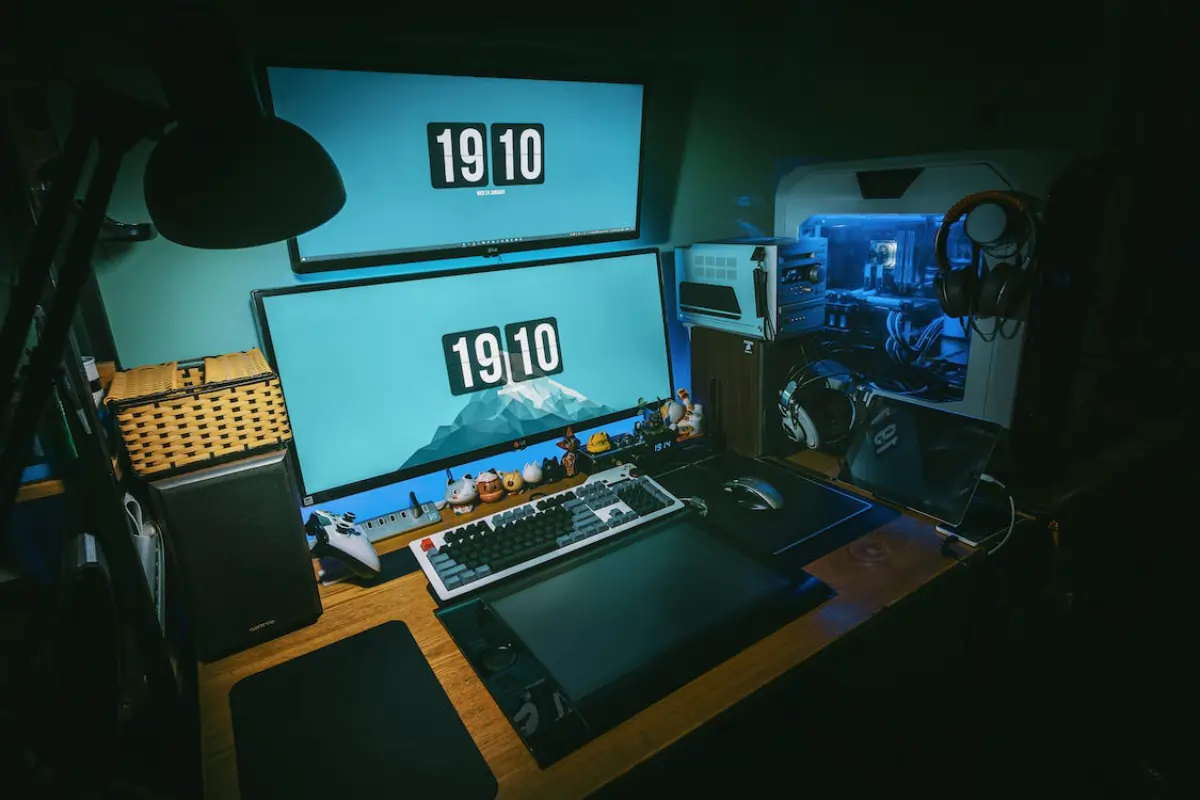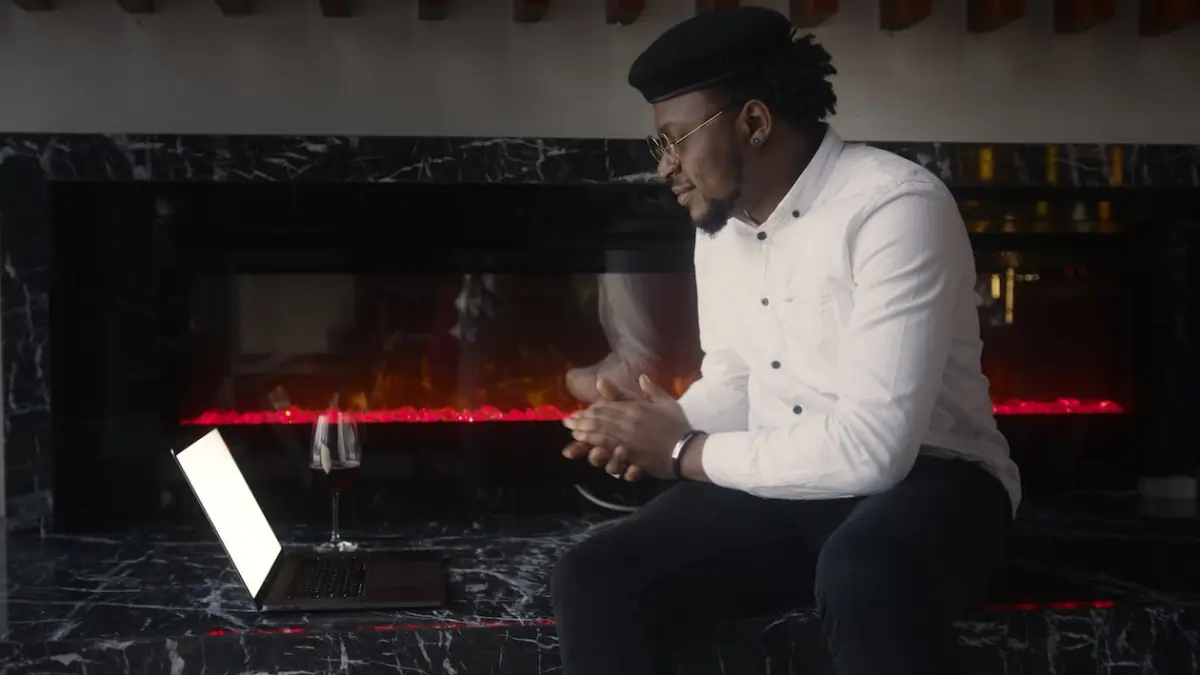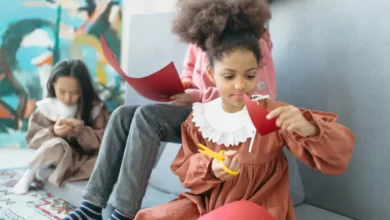Technology has transformed the way we create and consume music, giving room for one of the most exciting developments in the music industry – virtual music collaboration. This innovative approach allows musicians from all corners of the globe to come together and create beautiful music, despite being miles apart. This article will take a deep dive into the world of virtual music collaboration, exploring the tools, techniques, and benefits that make it a game-changer for musicians and enthusiasts alike.
The Rise of Virtual Music Collaboration
The concept of virtual music collaboration isn’t entirely new, but it has gained significant traction in recent years. Factors like the globalization of the music industry, the ease of internet access, and the availability of advanced recording software have contributed to its rise. Musicians no longer need to be in the same studio or even the same city to collaborate effectively. This shift has opened up a world of possibilities for artists looking to expand their horizons and create music with a global perspective.
Tools of the Trade

Before we dive into the details of how virtual music collaboration works, let’s explore the essential tools that make it all possible:
1. Digital Audio Workstations (DAWs)
DAWs are the heart of virtual music collaboration. These software applications allow musicians to record, edit, and produce music from their computers. Popular options like Ableton Live, Logic Pro, and Pro Tools offer a wide range of features for musicians to craft their sound.
2. Online File Sharing Platforms
Platforms like Dropbox, Google Drive, and WeTransfer make it easy to share audio files, project files, and other assets with collaborators. This seamless sharing of resources is vital for remote collaboration.
3. Virtual Instruments and MIDI Controllers
Virtual instruments and MIDI controllers allow musicians to create a wide variety of sounds without needing physical instruments. This opens up endless possibilities for creating unique music remotely.
4. Communication and Collaboration Tools
Tools like Zoom, Skype, and Slack facilitate real-time communication and collaboration among musicians. Video calls, chat, and file sharing ensure that everyone stays on the same page throughout the creative process.
The Virtual Music Collaboration Process
Now that we have the tools at our disposal, let’s break down the virtual music collaboration process step by step:
1. Idea Generation
It all starts with an idea. Musicians can brainstorm concepts for a song, from lyrics to melodies, and share these ideas digitally. Virtual collaboration allows for a diverse range of creative inputs, making the songwriting process richer and more dynamic.
2. Demo Creation
Once the initial ideas are in place, musicians can create rough demos using their DAWs. These demos serve as the foundation of the song, showcasing the basic structure, melody, and instrumentation.
3. File Sharing
With the demo in hand, collaborators can share the project files and audio stems using file-sharing platforms. This step is crucial as it allows each musician to work on their parts independently.
4. Recording and Production
Musicians can record their parts at their own pace, adding their unique style and creativity to the song. Virtual instruments and MIDI controllers come in handy here, enabling artists to experiment with different sounds and textures.
5. Mixing and Editing
Once all parts are recorded, the collaborators can share their tracks and continue to work on the mix and overall production of the song. Virtual collaboration allows for multiple revisions until the final mix is just right.
6. Feedback and Revisions
Throughout the process, real-time communication tools help musicians provide feedback, make suggestions, and fine-tune the song. This collaborative effort ensures that the final product meets everyone’s artistic vision.
The Benefits of Virtual Music Collaboration

Virtual music collaboration offers numerous advantages for musicians and hobbyists alike:
1. Global Reach
Musicians can collaborate with artists from different countries and cultural backgrounds, bringing a unique blend of influences to their music.
2. Flexibility
Virtual collaboration allows musicians to work at their own pace and on their own schedules, making it easier to balance music with other commitments.
3. Cost-Efficiency
Traditional studio recording can be expensive. With virtual collaboration, musicians can save money on studio time and travel expenses.
4. Creative Exploration
Access to a wide range of virtual instruments and digital effects encourages artists to experiment and push the boundaries of their creativity.
5. Diverse Perspectives
Collaborating with musicians from different genres and backgrounds can lead to innovative and exciting musical fusions.
Real-World Success Stories
To illustrate the power of virtual music collaboration, let’s take a look at a few real-world success stories:
1. The Postal Service
“The Postal Service” is a prime example of a successful virtual music collaboration. Members Ben Gibbard and Jimmy Tamborello created their critically acclaimed album, “Give Up,” by exchanging music files through the mail. This album’s unique sound and style were born out of their remote collaboration.
2. Gorillaz
The virtual band Gorillaz, led by Damon Albarn and Jamie Hewlett, brings together musicians from around the world to create their music. Through virtual collaboration, they’ve produced hit songs and albums that defy genre boundaries.
3. The Internet
The R&B band “The Internet” consists of members who initially met on a forum before coming together to create music virtually. Their success story underscores the power of online connections in the music world.
Conclusion
Virtual music collaboration is revolutionizing the way musicians create and share their art. With the right tools and a passion for music, artists can break down geographical barriers, explore new creative avenues, and connect with a global audience. Whether you’re a seasoned musician or a budding enthusiast, consider trying out virtual music collaboration to unlock a world of musical possibilities.









